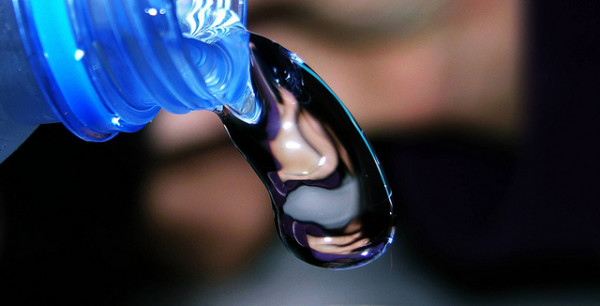Most of us take clean water for granted—we can talk about how we don’t like drinking straight from the tap, but the reality is that clean water is fairly accessible in the United States. For millions of others, it’s not quite that easy; cholera, a diarrheal disease spread by contaminated drinking water, is rare in the United States, but there are still millions of cases elsewhere. In 2015, 663 million people still don’t have access to clean drinking water. What can be done?
There’s something new to filter drinking water: a book! The campaign Water is Life came together with Carnegie Mellon researchers to test out the book over the summer in Bangladesh, and the results presented at the American Chemical Society’s National Meeting & Exposition showed that the paper removed over 99% of the bacteria in the water. This phenomenon occurs because each page of the drinkable book is actually embedded with silver nanoparticles, which make each page orange but also filter and kill the bacteria. The books have also been tested in Ghana, Haiti, India, and Kenya with good results.
Feature Image Source: TaPhotograph
The filters aren’t just a one-time thing, either; they can last up to a month, so one book could potentially provide clean water for a year. Currently all of the pages are made by hand by Theresa Dankovich, who created the first pages and hopes to make the filters easily accessible for even the poorest to afford. While there are other fairly easy filtration methods, such as boiling water or using chlorine/iodine tablets, they have their drawbacks: creating a fire for boiling water can contribute to air pollution, and the taste of drinking chlorinated water may prevent some from drinking it.
Of course, the ultimate goal is to provide clean water without the need for filters like drinkable books. If they can be inexpensive and easily accessible for everyone, drinkable books will be incredibly helpful in providing clean water for parts of the world that currently don’t have easy access to drinkable water.
Read more about the Drinkable Book here.
Feature Image Source: Patrícia Mata











Interesting
I love the idea and I want it for a survival kit. I’m hoping the books are inexpensive, but they sound like they come at a premium.